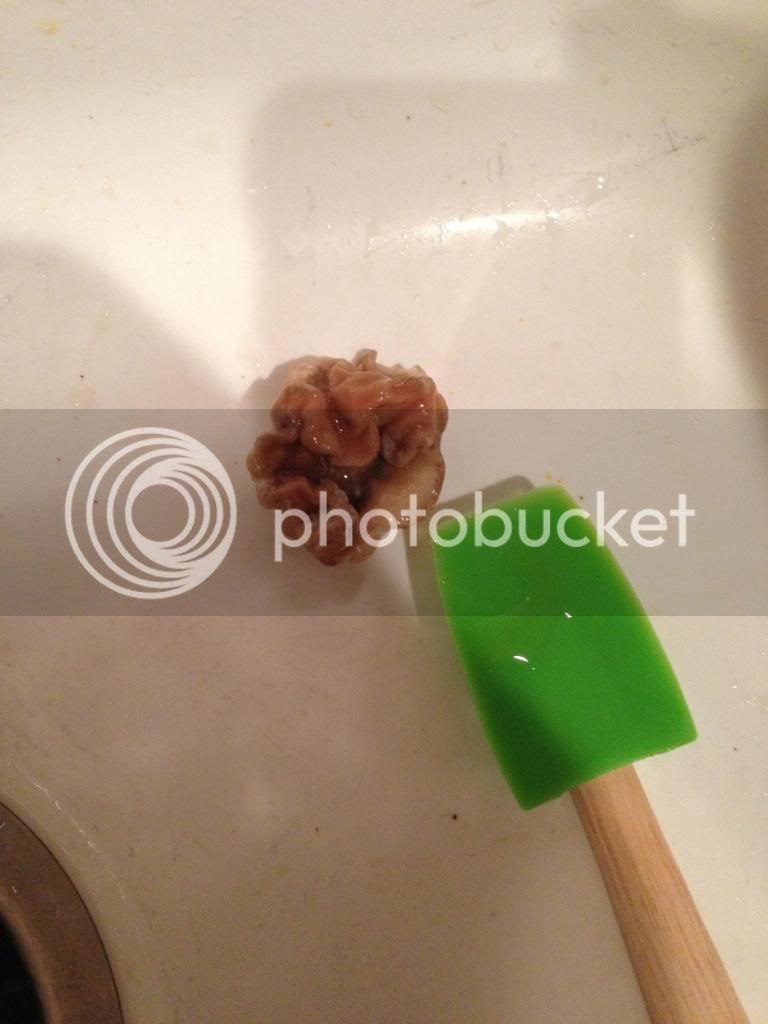Cole RJ, Dorner JW, Cox RH, Raymond LW. Two classes of alkaloid mycotoxins produced by Penicillium crustosum thom isolated from contaminated beer. J Agric Food Chem. 1983 May-Jun;31(3):655-7. PubMed PMID: 6886222.
Abstract: An apparent natural human intoxication resulted from consumption of beer contaminated with Penicillium crustosum. Under laboratory culture, the P. crustosum isolate produced two classes of toxic alkaloids consisting of roquefortine [10~-(l,l-dimethyl-2-propenyl)-3-(imidazol-4-ylmethylene)-5a,lOP,11,11 a-tetrahydro-2H-pyrazino [ 1’,2’:1,5] pyrrolo[ 2,341 indole- 1,4( BH,GH)-dione], roquefortine A (isofumigaclavine A) (Sa-acetoxy-6,8P-dimethylergoline), roquefortine B (isofumigaclavine B) (6,8@-dimethylergolin-9a-o1), and festuclavine (6,8P-dimethylergoline). Samples of the beer were not available for analysis.
Excerpt from introduction: This study was prompted by a clinical case that apparently resulted from a natural intoxication of a 44-year-old Caucasian male who consumed some commercial beer that was contaminated with a large mycelial mass of the fungus identified as Penicillium crwtosum (Figure 1). Approximately 4 h after consuming the contaminated beer (approximately 30 cm3 consumed), the individual became actuely ill with a throbbing frontal headache, feverish feeling, nausea, vomiting, diplopia, weakness, and bloody diarrhea. After 12 h, handwriting was illegible due to tremor. The symptoms prevented eating and other activities for approximately 30 h. After this time all symptoms disappeared and no apparent residual effects were noted. Five other family members and five visitors shared the evening meal but did not consume any beer and had
no symptoms.
I'm also a molecular biologist and it bothers me when people use absolute phrases when the absolute isn't true. I fully agree with plastering big banners everywhere saying NOTHING IN BEER IS GOING TO HURT YOU, because all of us get quality starting materials. Saying that it is
impossible for toxin carryover from grain to beer is, however, an incorrect statement. Apparently the mycotoxins from lolium temulentum would carry over into beer in Western Europe in the 1200s that would get you super

(from Brewing Microbiology).
Just to reiterate: Anyone who is afraid that their homebrew or any commercial brew is going to get them sick is uninformed at best, and doorknob stupid at worst. It is, however,
possible to have nasty stuff in finished beer.





 (from Brewing Microbiology).
(from Brewing Microbiology).